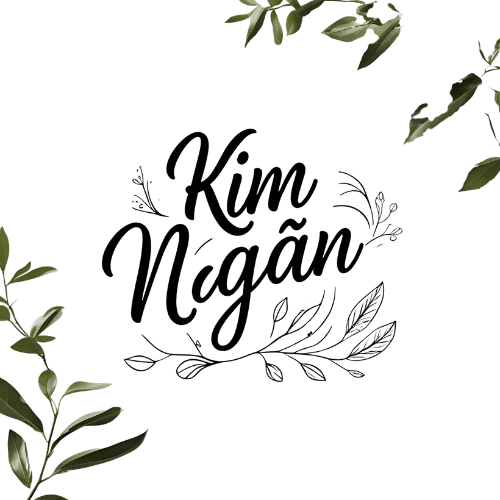🇯🇵 Chubu Region – Where Mountains Hold Memory, and Towns Whisper Old Tales
🇯🇵 Chubu Region – Where Mountains Hold Memory, and Towns Whisper Old Tales
1. Overview & Highlights
In the very center of Japan lies a region where everything feels older, purer, and quieter. Chubu doesn’t shout—it listens. It lets the wind sweep across thatched roofs in Shirakawa-go, lets the steam rise softly from Gero’s hot springs, and lets Mount Fuji stand still in its silent grandeur.
This is where ancient trade routes once crossed mountain passes, and where today’s travelers find serenity in narrow alleys, alpine villages, and the hush of snowfall on temple roofs.
From the majestic peaks of the Japanese Alps to the quiet streets of Kanazawa and the golden sunset over Lake Suwa—Chubu is where Japan feels honest.
2. Culture & People
The people of Chubu carry the quiet strength of mountain folk—modest, skilled, and deeply rooted in tradition.
Whether it’s a craftsman carving wood in Takayama, an old woman pickling vegetables in a snowy village, or a temple monk preparing morning tea in Nagano, every gesture feels intentional.
There’s less English spoken here—but more humanity felt. A smile, a bow, a shared silence in an onsen—it’s enough.
3. Must-Try Foods
Chubu’s cuisine is hearty and shaped by the seasons:
🥢 Hōtō (Yamanashi) – thick flat noodles in pumpkin miso broth
🐄 Hida Beef (Takayama) – marbled, grilled slowly over open flame
🐟 Miso-marinated fish (Nagano) – sweet, smoky, nourishing
🍶 Local sake – from crisp mountain waters, each region with its own expression
🍡 Gohei-mochi – grilled rice cakes with a nutty-sweet miso glaze
Eat slow. Everything here was made to warm you from the inside out.
4. Travel Tips
🚄 Get the Alpine-Takayama-Matsumoto Area Pass if exploring the Japan Alps
🧳 Travel light—many towns have cobblestone streets and sloped paths
🛏️ Try a minshuku (family-run inn) for deeper connection
🕰️ Winter snowfall may delay transport—build in buffer days if heading to remote areas
5. Recommended Clothing
Spring (Mar–May): Still chilly in mountain towns—bring layers and waterproof shoes
Summer (Jun–Aug): Cooler than Tokyo, but humid in lower areas—breathable fabrics
Autumn (Sep–Nov): Crisp air, vibrant foliage—pack warm sweaters and a windbreaker
Winter (Dec–Feb): Snowy! Down jacket, boots, gloves, heat packs for pocket warmth
6. Best Photo Spots
🏯 Shirakawa-go in winter – snow-covered thatched rooftops like a fairytale
🚠 Tateyama Kurobe Alpine Route – snow walls in spring, alpine beauty year-round
🌲 Kamikochi Valley – pristine river, hiking trails, and soft morning fog
🎨 Kenrokuen Garden (Kanazawa) – one of Japan’s top gardens, elegant in every season
🌄 Mount Fuji from Lake Kawaguchi – mirrored on still water at sunrise
6.1. Must-Visit Places & Experiences
Takayama: Old town stroll, morning markets, Hida beef tasting
Kanazawa: Samurai districts, gold leaf crafts, art museums
Shirakawa-go: UNESCO World Heritage village, winter illuminations
Nagano: Zenko-ji Temple, snow monkeys at Jigokudani
Matsumoto: Crow castle (Matsumoto Castle), local wasabi farms
Yamanashi: Wine tasting, Mt. Fuji views, Fuji-Q Highland (if you're feeling bold!)
Gero Onsen: Relaxation in one of Japan’s top hot spring towns
7. Suggested Itinerary
5-Day Chubu Discovery (Nature + Heritage Blend):
Day 1: Arrive in Kanazawa → visit Kenrokuen & Higashi Chaya District
Day 2: Day trip to Shirakawa-go → return to Kanazawa or stay overnight
Day 3: Travel to Takayama → explore old streets, Hida Folk Village
Day 4: Move to Matsumoto → visit castle, onsen soak in evening
Day 5: Optional Nagano stop → Zenko-ji or snow monkey park, then return
Alternative: Spend two nights in Takayama for a slower pace, or add Kamikochi for hiking in warmer months.
8. FAQs & Estimated Costs
When is the best time to visit Chubu?
Spring (Apr–May) for flowers and snow walls, Autumn (Oct–Nov) for foliage, Winter (Jan–Feb) for snow villages
Approximate 5-day budget:
Budget: ~$350–450 (hostels, local food, buses)
Mid-range: ~$600–900 (hotels, trains, entry fees)
Luxury: $1200+ (ryokan stays, private onsen, gourmet meals)
Do I need to speak Japanese?
Not mandatory, but helpful. In rural areas, use a translation app or rely on body language (and kindness).
Is it safe and easy to get around?
Yes, but check seasonal schedules—some areas are closed in winter due to snow
Chubu isn’t polished for tourism. It’s real. It’s raw. It’s the soft crunch of snow underfoot, the slow rhythm of temple bells, and the way time seems to hold its breath in every mountain village.
Come here not to be dazzled—but to be quietly undone.
Let the silence wrap around you like mist.
Let the warmth of an old onsen undo your worries.
Let Japan whisper its stories—not through words, but through stillness.
===============================
Until the next quiet journey,
Kim Ngân – storyteller & slow traveler
